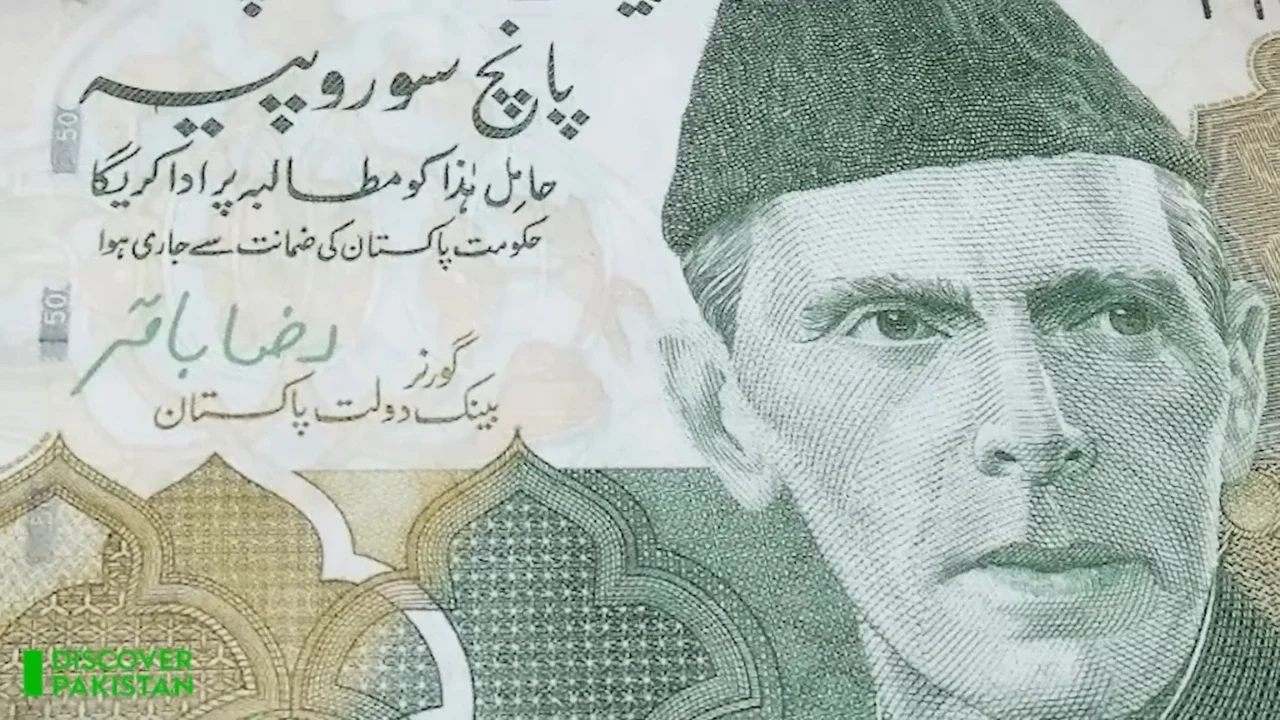By Hasnain Ali
Imagine almost all the money your family earns has to go straight out the door to pay off old loans—that’s the serious problem Pakistan’s government is facing with its Pakistan public debt.
In the last decade, The News reported that Pakistan’s total public debt has gotten much bigger, jumping from 60 percent of the country’s GDP in 2016 to 71 percent in 2025.
Debt Servicing Consumes Most of Federal Revenue
What’s truly alarming is how much money is eaten up by paying back these loans. In the financial year 2025, a massive 89 percent of all the federal government’s income was spent on simply servicing the debt.
This is slightly better than the 120 percent spent in 2023, but it still leaves very little for everything else.
Some people might point out that a country like Japan has a much higher debt-to-GDP ratio (around 200 percent). However, Pakistan’s situation is harder because the huge amount it spends on debt servicing puts a severe strain on the government’s money.
Economists predict that if nothing changes, the debt-to-GDP ratio could climb to 85 percent by 2035. This number is far higher than the goals set almost twenty years ago in a law called the Fiscal Responsibility and Debt Limitation Act (FRDLA).
The Ministry of Finance hasn’t been able to keep the debt under control as the FRDLA requires.
However, the experts noted that two things could help lower the debt-to-GDP ratio back to the FRDLA goals: getting a higher GDP growth (meaning the country’s economy grows faster) and reducing the fiscal deficit (meaning the government spends less than it takes in).
National Assembly Receives Debt Analysis
This was the main message from a presentation given by Finance Ministry economists and consultants, Dr. Waseem and Aizaz Asif, to the National Assembly Standing Committee on Finance and Revenues. The meeting was held at Parliament House on Thursday and led by Chairman Syed Naveed Qamar.
Dr. Waseem gave the panel the exact numbers on how the debt has swelled. The debt Pakistan owes to outside countries (external debt) was Rs6 trillion in 2016 but has since shot up to Rs26 trillion in 2025. The debt owed inside the country (domestic debt) was Rs13.6 trillion in 2016 and is now at Rs54.5 trillion.
As a result, the total public debt reached 70.8 percent of GDP in 2025, up from 60.1 percent in 2016.
How Debt Limits Government Spending
With debt servicing taking 89 percent of the government’s income in 2025, that means only 11 percent of the income was left over for all other federal spending.
This includes money for defense, national projects (development), running the government (like salaries and pensions), and payments like subsidies and grants.
The economists stated that for Pakistan’s debt to become manageable, there needs to be a coordinated effort across financial and debt management policies.
Strategies to Manage Pakistan’s Growing Debt
They presented two ways forward:
Balancing Growth and Interest for Pakistan Public Debt: If the interest rate is the same as the GDP growth rate, the debt ratio depends on the primary balance (government income minus spending, not counting debt payments).
By keeping a 1.5 percent surplus in this balance, Pakistan could reach the FRDL Act target by the financial year 2035. If interest rates are higher than growth, or if deficits continue, the debt will rise.
Zero Deficit, High Growth Approach: If the primary balance is zero, the country needs to keep its GDP growth rate at least three percentage points higher than the interest rates. This would require strong 5 percent real GDP growth.
Achieving these outcomes demands strong cooperation between the Ministry of Finance, the State Bank of Pakistan (SBP), and related government offices.
The economists recommended that the Ministry of Finance should set up an in-house system to forecast interest rates and improve its analysis of debt risks. They also suggested that monetary policy (controlled by the SBP) should be more predictable to support the government’s financial planning.
In terms of managing the debt, the government should focus on lowering the cost of external borrowing, taking longer to pay off loans, and prioritizing long-term loans over short-term commercial ones.
Government Incentives and Policies for Electric Vehicles
In a separate briefing during the same meeting, the Secretary for Industries, Saif Anjum, spoke about the Electric Vehicle Policy for 2026-30.
He stated that the federal government has approved a subsidy of Rs 100 billion for electric vehicles over five years, with the agreement of the IMF. Under this policy, the government has given a subsidy of Rs 53 per unit for charging stations, which reduces their electricity price from Rs92 to Rs39 per unit.
Secretary Anjum stated to this reporter that the government’s EV policy is expected to save up to $1 billion every year in oil import costs by 2030. The reduced use of fuel will also lead to an estimated $450 million in savings related to health by reducing pollution and breathing illnesses.
The Industries Secretary admitted that the goals set under the previous EV policy were not met. However, he said the revised policy includes practical incentives to encourage electric vehicles.
“Pakistan currently has more than 76,000 electric vehicles,” he told the committee. “The target is to ensure that 30 percent of new vehicle sales are electric by 2030.” He added that the government plans to set up 3,000 EV charging stations across the country by 2030, with all stations regulated by Nepra.
The policy also includes an Rs80,000 subsidy on buying electric motorcycles priced around Rs250,000 to make owning an EV more affordable for middle-income consumers.
During the meeting, Committee Chairman Syed Naveed Qamar observed that while the government has put taxes on hybrid vehicles, it has given tax breaks to two- and three-wheel electric vehicles.
Officials further informed the committee that the IMF has proposed an increase in taxes and duties on EVs. However, the IMF has not yet agreed to Pakistan’s proposal to base the withholding tax on the vehicle’s market value rather than its battery size or to raise the taxable value threshold from Rs5 million to Rs10 million.
Author Profile
-
Hasnain Ali is a Pakistani journalist who writes on business, agriculture, and telecom issues with a focus on policy, innovation, and market trends.
His reporting highlights how economic shifts, digital connectivity, and agricultural reforms shape everyday life across Pakistan.
Known for his clear analysis and grounded storytelling, Hasnain aims to make complex economic topics accessible to general readers.





